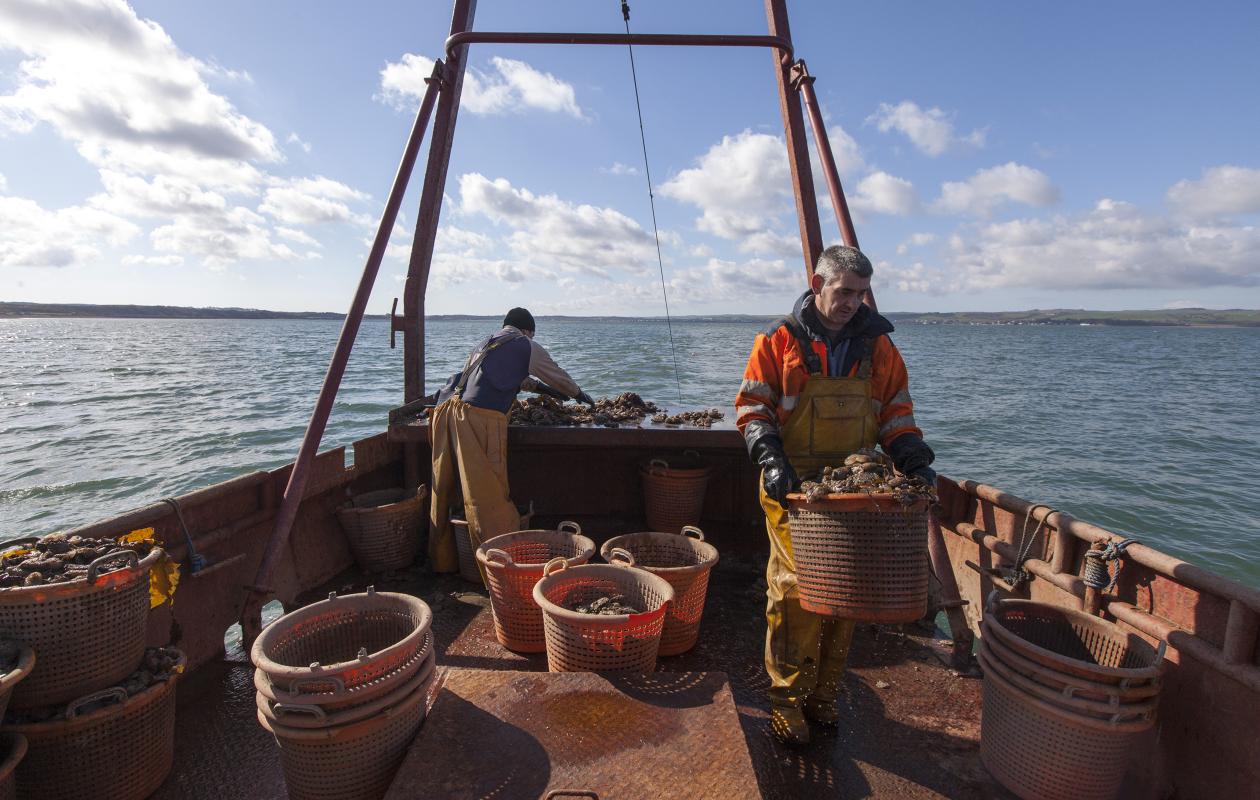Did you know...?
1
The Native Oyster (Ostrea edulis) is also known as the 'European' Oyster or the 'Flat' Oyster and it has been fished from UK waters since Roman times.
2
Oysters clean seawater, which improves water quality and clarity. A single oyster can filter around 200 litres of seawater every day.
3
Oysters remove excess nutrients from water, such as nitrogen, which in large quantities can cause harmful algal blooms.
4
Oyster reefs support a higher biodiversity of species than the surrounding seabed and, similar to coral reefs, these biogenic reefs provide valuable habitat for a wide range of marine species.
5
Famously, the native oyster is only available for sale during months that contain the letter ‘R’ - so from 1 September to 30 April. This avoids fishing during the oyster’s breeding season.
6
Native oysters begin life as male, then – upon reaching sexual maturity at around two to three years of age – they spawn, following which they switch to females, capable of producing eggs.
7
A female oyster of around 8cm in size is capable of producing 1 million larvae in a single spawning event.
8
The native oyster is almost always wild and it takes a long time to develop to market size. Loch Ryan oysters are slow to grow, and are around 6 to 8 years old by the time they are harvested.
9
Oysters deserve the status of superfood as they’re extremely high in vitamin B12, and zinc, contain 8 times more iron than chicken and contain omega-3 fatty acids.
10
Legend has it that Julius Caesar once wrote that Loch Ryan oysters are the best in the world!







